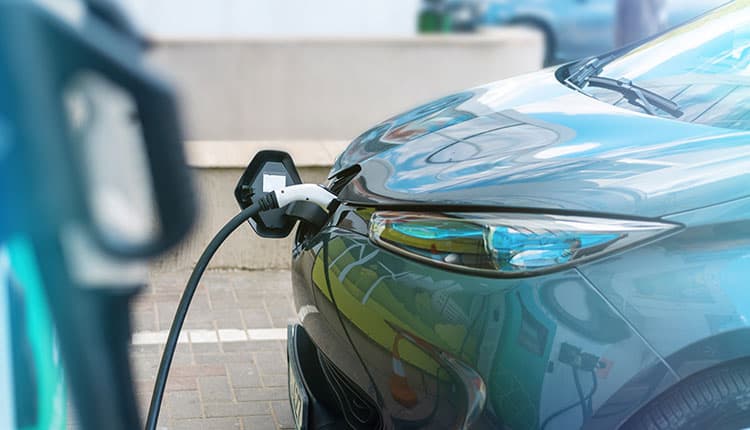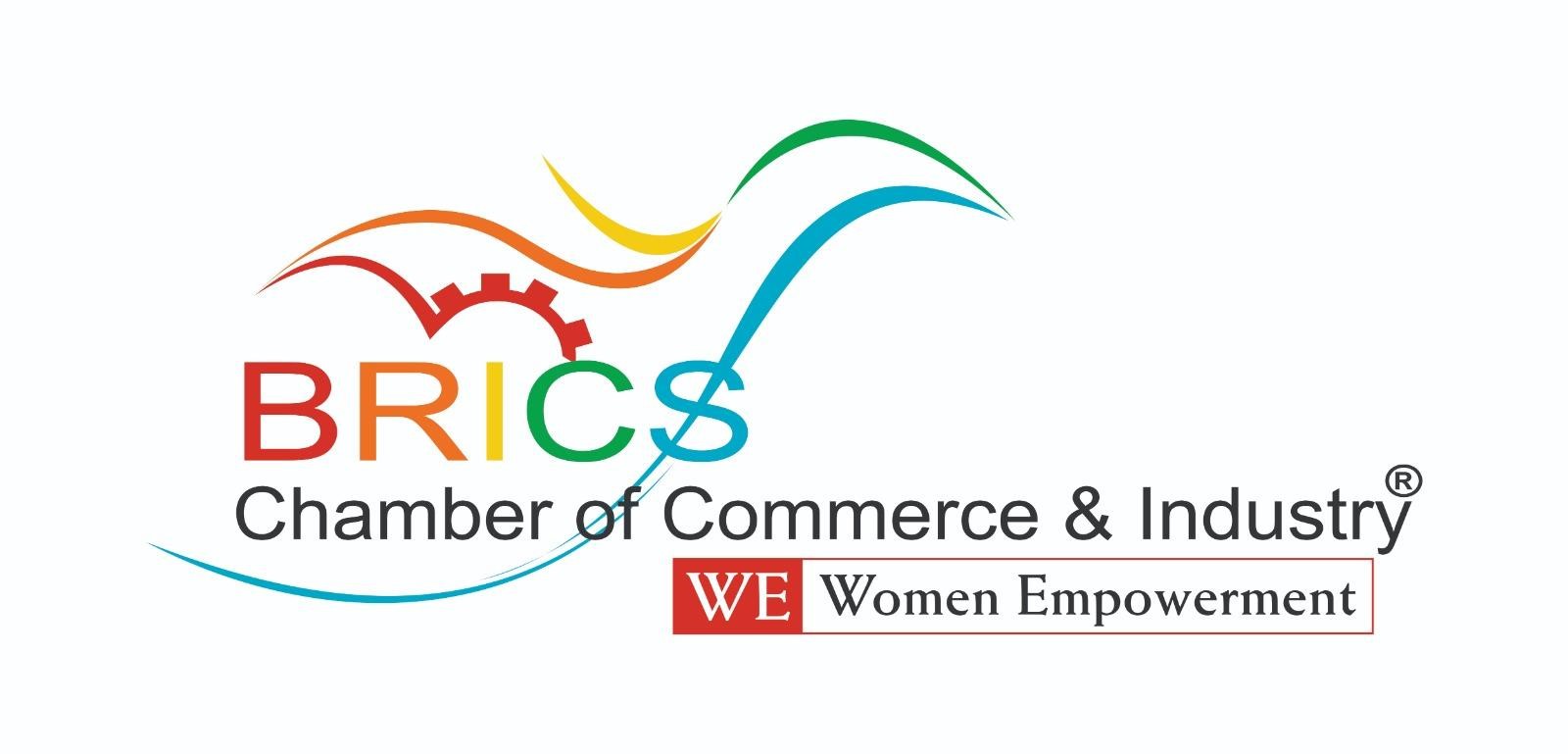[ad_1]
By Mithlesh Jain, Co – founder, eRise Drive electric
As automakers come together to introduce effective electric vehicles, it is now more in the spotlight than it has ever been. But there have been a few adverse events in the world, and the pandemic continues to be the largest one. While there are discussions about how India may become the next manufacturing powerhouse, issues like a shortfall of critical components in the near future call for a planned strategy and active government support.
Over the past few years, India’s conversion to electric vehicles has accelerated. The Indian government is encouraging policies, such as the FAME II subsidies, state government subsidies, and PLI programmes for battery manufacture, which have supported this expansion. There are a few things, like infrastructural development, that hasn’t been witnessed, though. To make financing easier, lowering up-front costs and concentrating on product innovation. Low-cost financing is a major obstacle, and as financing is a major enabler, expanding access to appealing financing options may be essential to boosting EV demand in India.
A significant infrastructural impediment has been identified as the lack of battery and charging standards along with the high capital intensity of setting up charging or swapping stations. One of the essential conditions for accelerating the adoption of electric vehicles in India is the availability of suitable charging infrastructure.
Compared to internal combustion (IC) cars, EVs are sold at a 20% and 50% premium for two-wheelers and four-wheelers, respectively. The value-conscious Indian consumers who would rather choose a cheaper IC vehicle do not favour this high upfront cost. The price differential also grows as the vehicle’s size does. The painfully low penetration of finance and the lack of clarity surrounding the resale value of EVs add to the worries about high upfront costs.
India now lags behind in its position in the battery sector. The nation can catch up to its international competitors with the help of access to raw resources and advancements in cell chemistry technology. Long-term localization of cell production is anticipated, and India may end up playing a large role in battery pack assembly.
Despite increasing product diversity, there is still a demand for more models that are appropriate for the intended use as well as more tailored products and model availability. Additionally, there is a need for increased domestic production of improved batteries and cells, battery management systems, electric motors, motor controllers, and other components.
A thorough plan that covers the full electric mobility ecosystem is crucial for the Indian automobile industry. In the ecosystem, there are several business innovations and growth potential, and if we develop the correct strategy, India may aim for a leading position on the world stage.
[ad_2]
Source link








